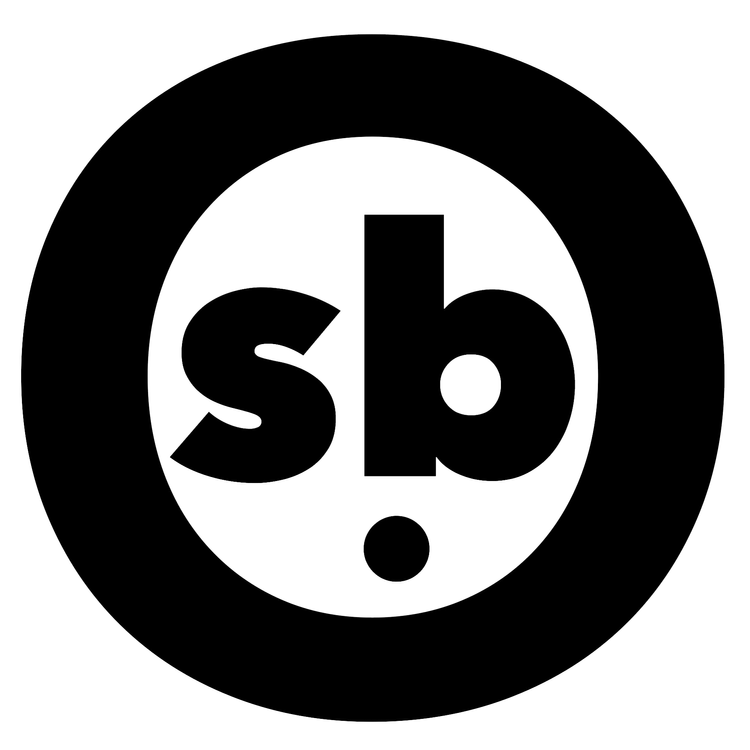TYPE TALKS: Morag Myerscough: Belonging
Morag Myerscough is one of the UK’s most prolific designers.Her work is characterized by an engaging boldness, creating specific, local responses to each distinct audience that will see and experience the design, using it to create community and build identity.
Morag makes places from spaces that people like to be in, which stimulate and often make you smile. She creates and curates many different types of work. The eclectic breadth of work covers the conversion of a train to a café, installations, numerous exhibitions and interpreting buildings. She has designed several exhibits for London’s Design Museum from Archigram to Formula 1 as well as the exterior of the British Pavilion for the 2004 Venice Biennale. She was recently awarded the contract to create the Design Museum’s permanent exhibition for its new home, one of the UK’s most important new cultural projects. With Cartlidge Levene she designed the wayfinding for the Barbican Centre and continuing their relationship they are currently designing wayfinding for Tate Modern’s new Herzog and De Meuron extension.Her recent clients range from Zynga in San Francisco to the British Council in Burma. She often works with community groups to develop ideas that reflect the identity of the users, drawing on shared cultural history and heritage of the local area. For the Sorrell Foundation she worked with London teenagers creating a visual narrative for a youth centre based on a poem written by local young people. Morag established her successful multi-disciplinary company Studio Myerscough in 1993 and founded Supergrouplondon with Luke Morgan in 2010. Being a small, bespoke studio, she often collaborates on projects, pairing with practices as diverse as architects Allford Hall Monaghan Morris (their collaborations were nominated for the RIBA Stirling Prize) and with poet Lemn Sissay on the Movement Café. In 2002, Morag opened Her House, a gallery/shop which has enabled Morag to curate/design/produce and party. Morag was recently on the cover of Creative Review and profiled in Eye magazine, which praised “her strong graphic signature driven by a feeling for type and lettering.” She’s been lauded with countless nominations and awards include the Design Museum’s Design of the Year.
